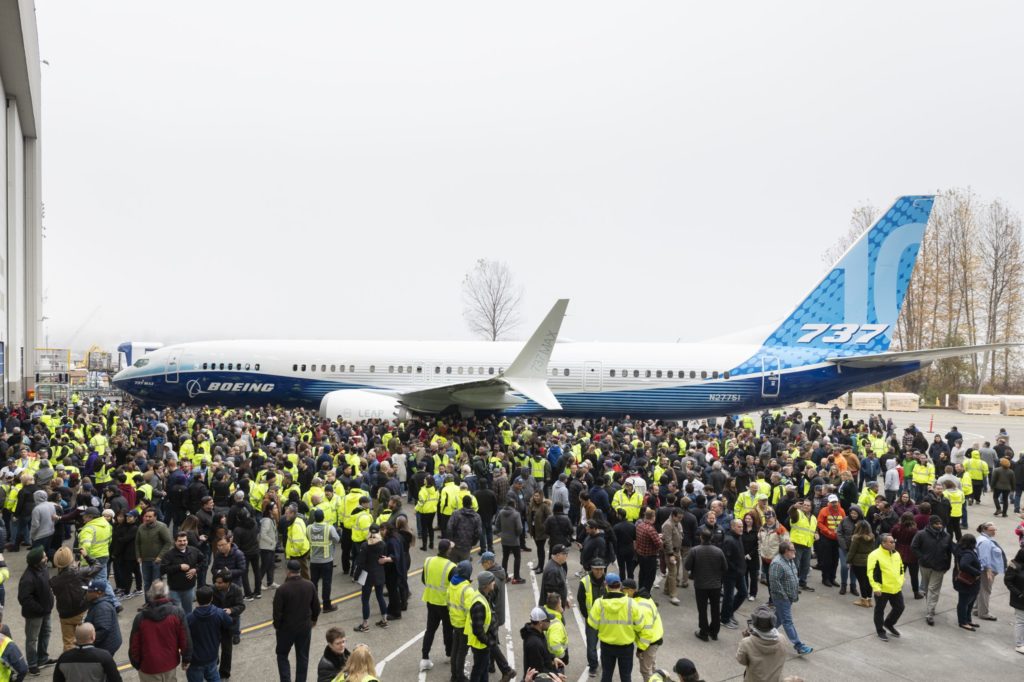
The Federal Aviation Administration released a new report on Boeing’s safety culture on February 26. The report contains the findings and recommendations of the Organization Designation Authorization (ODA) Expert Review Panel formed in accordance with Section 103 of the 2020 Aircraft Certification, Safety, and Accountability Act (ACSAA), a law passed by Congress in the wake of two fatal crashes of Boeing 737 Max 8 airliners prior to the pandemic.
The panel reviewed safety management processes at each holder of an ODA for the design and production of commercial transport aircraft, including a review of Boeing’s production system, Safety Management System (SMS), and safety culture. The ODA allows manufacturers to conduct certain regulatory functions in certificating aircraft under the supervision of the FAA.
In its report, the safety panel identified 27 findings and 53 associated recommendations after reviewing 4,000 pages of Boeing documents, seven surveys, over 250 interviews, and meetings with Boeing employees at six Boeing facilities. It summarized the findings in four key points relating to Boeing’s safety culture:
- The panel noted a disconnect between Boeing’s senior management and other members of the organization on safety culture and questioned the effectiveness of the company’s safety reporting systems.
- While noting that Boeing’s SMS procedures comply with the International Civil Aviation Organization (ICAO) and the FAA SMS frameworks, the panel found that the company had not structured its SMS procedures in a way that ensures all employees understand their role in the system. Procedures and training are in a constant state of flux, creating confusion among employees working across different work sites and employee groups. Employees across the company also lacked understanding of safety-related metrics and how to use them.
- Boeing recently reorganized its ODA unit so that ODA unit members are shielded from any interference and retaliation by Boeing’s management, but the panel found that Boeing’s management retained the ability to control unit member salaries and furlough rankings, providing a potential opportunity to influence how the unit members perform regulatory functions delegated to them under the ODA.
- The panel also believes that Boeing has not given enough consideration to how pilots interface with aircraft systems given how important human factors are in aviation safety. The panel found a lack of pilot input in aircraft design and operation.
The panel was not tasked with investigating or identifying the cause of specific aircraft incidents or accidents, but it noted in the report’s executive summary that it was concerned by several recent quality problems on Boeing aircraft that have become public. It believes that recent incidents indicate that “safety-related messages or behaviors are not being implement across the entire Boeing population.”
In a statement accompanying the release of the report, the FAA said it will immediately review of the report and “determine next steps regarding the recommendations as appropriate. We will continue to hold Boeing to the highest standard of safety and will work to ensure the company comprehensively addresses these recommendations.”
The full panel report is available here.
A lifelong aviation enthusiast, Douglas Royce is currently co-editor of four of Forecast International's Market Intelligence Services: Civil Aircraft Forecast, Military Aircraft Forecast, Rotorcraft Forecast, and Aviation Gas Turbine Forecast. As such, he plays a key role in many important projects that involve market sizing and forecasting for various segments of the world aerospace industry, as well as demand for related systems.




